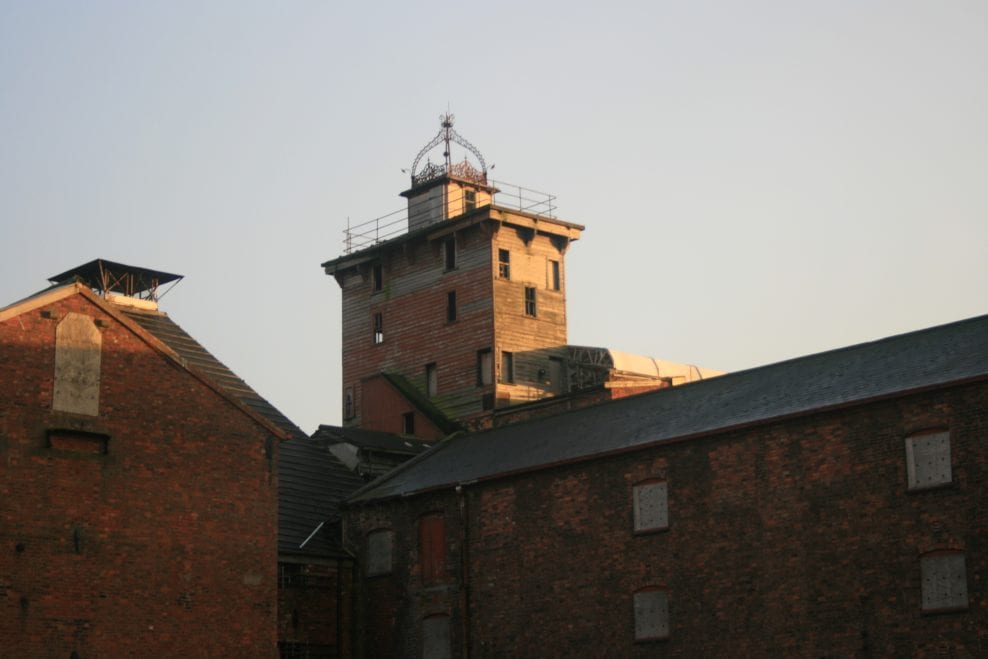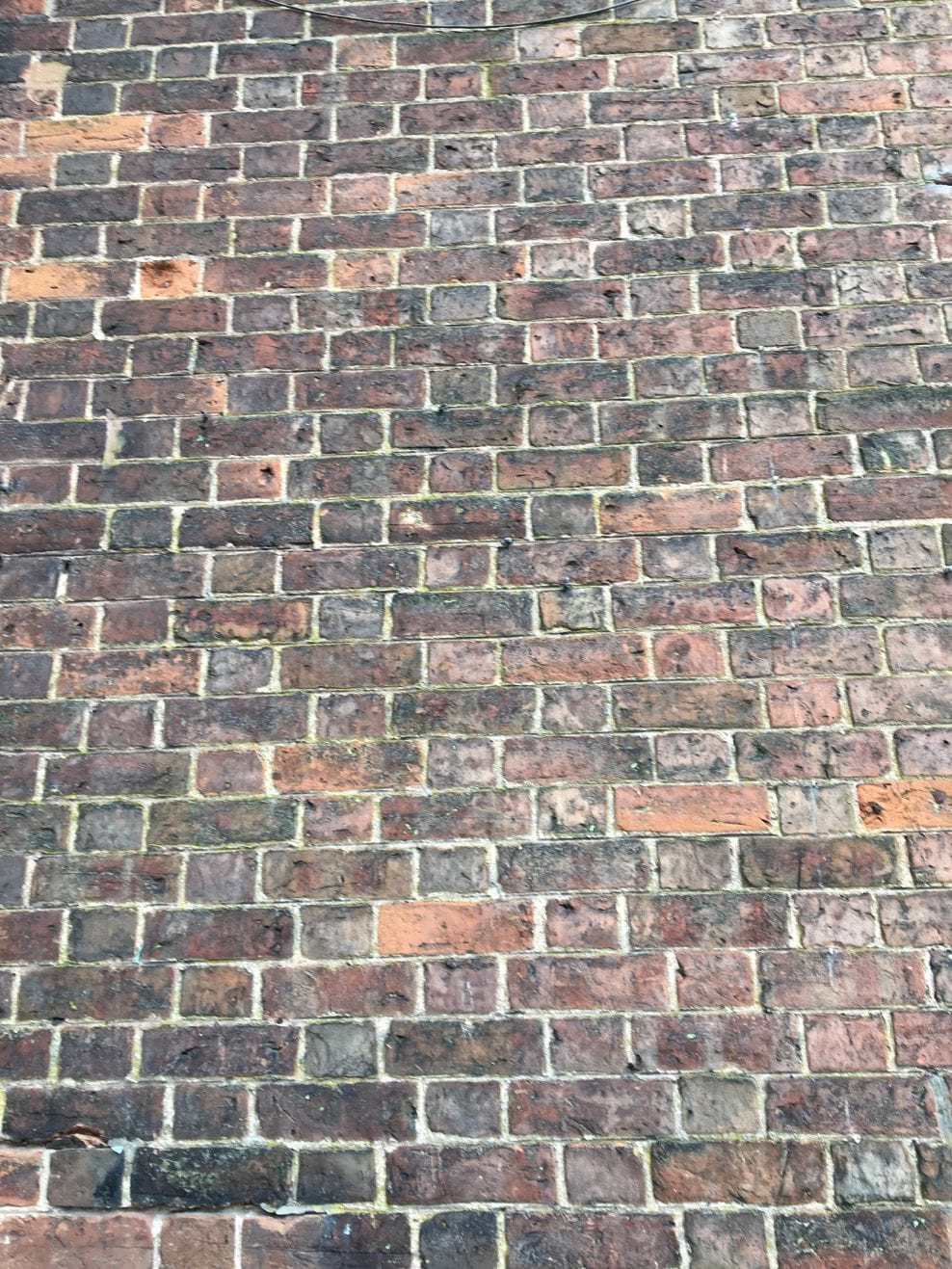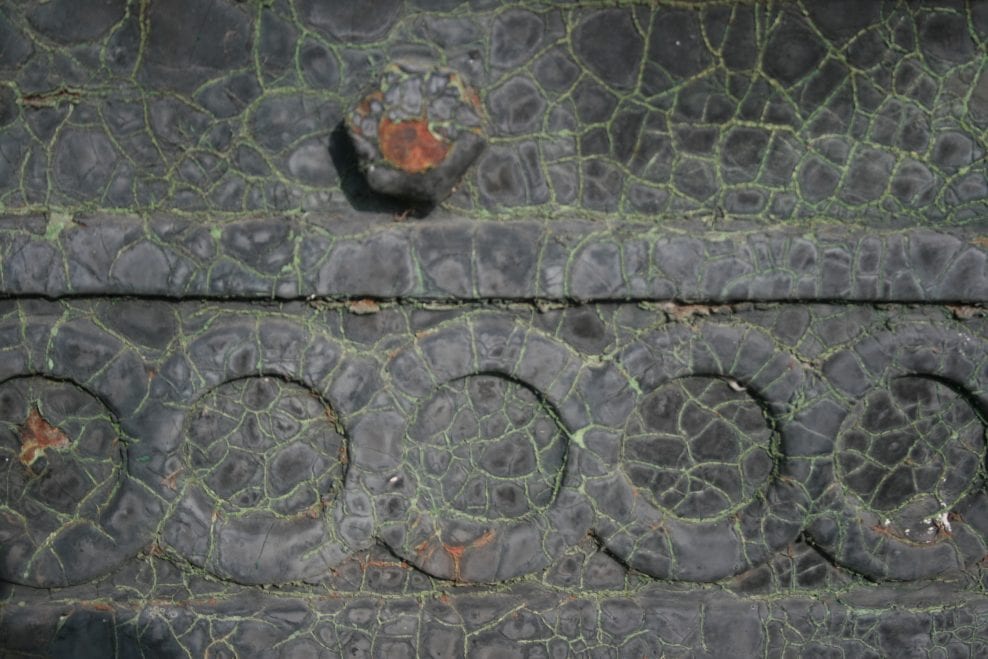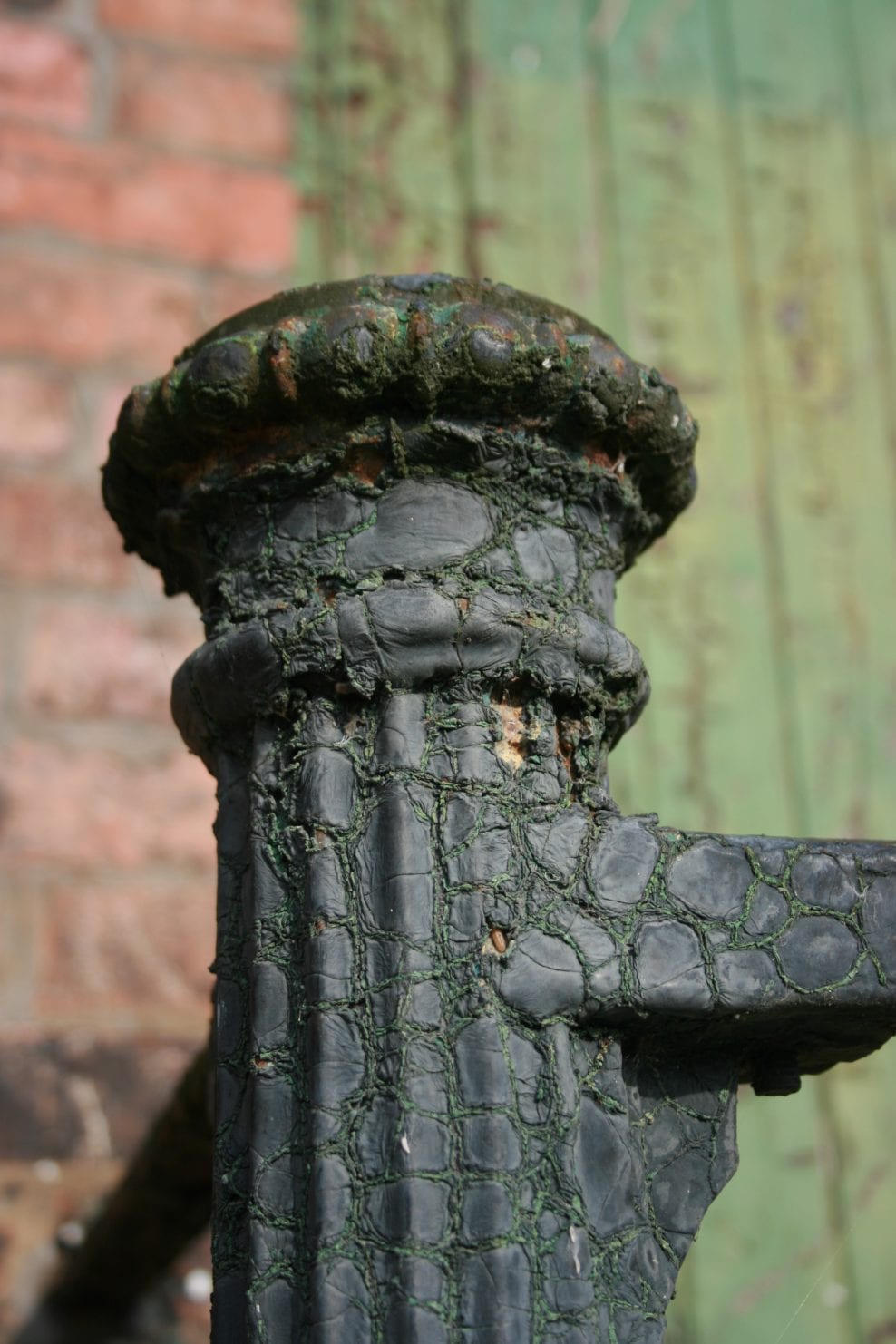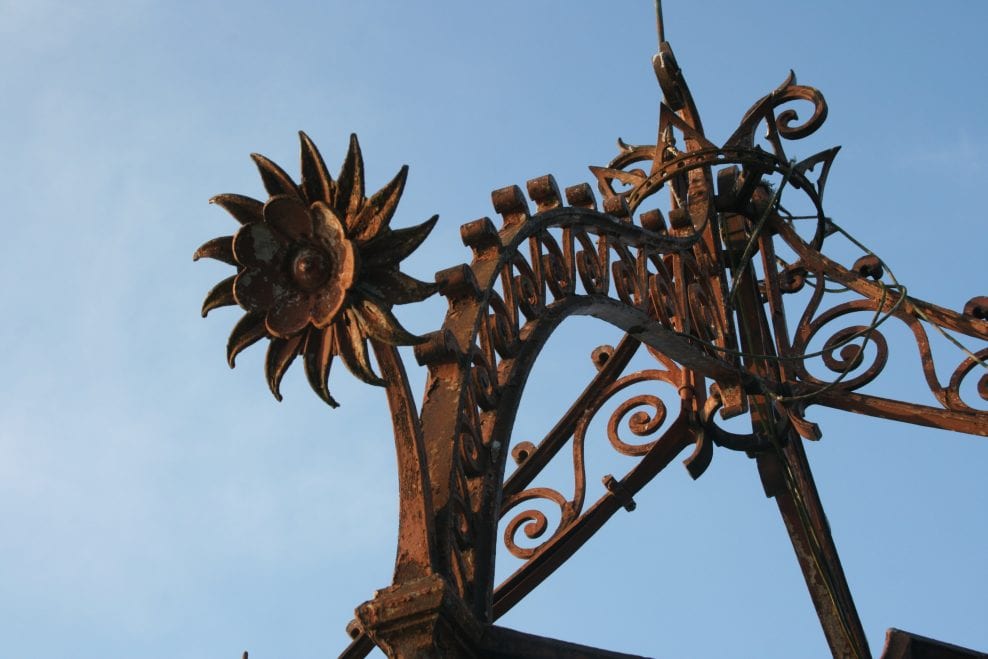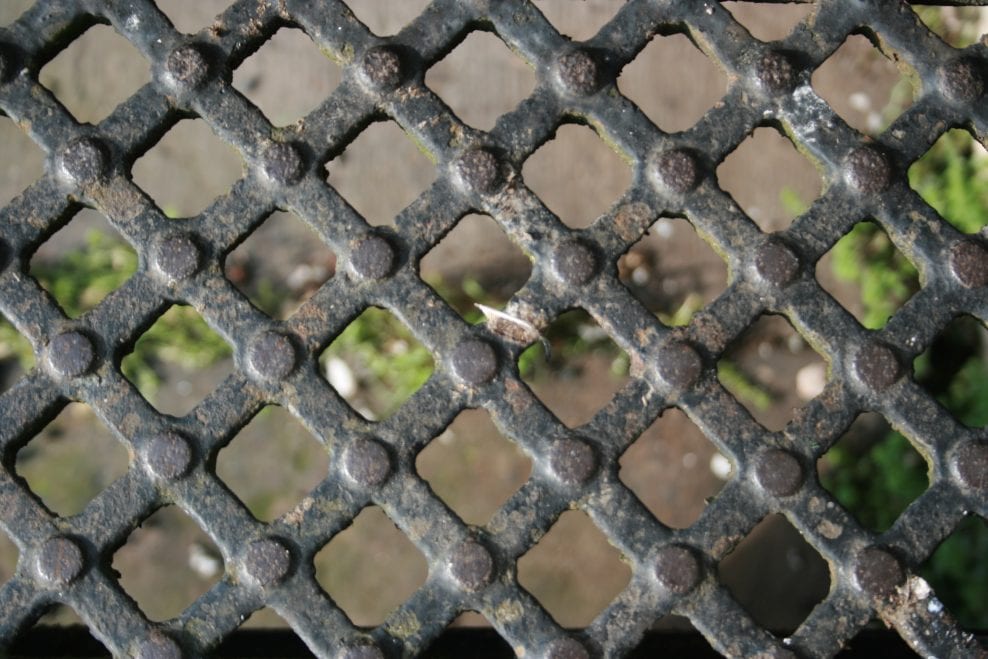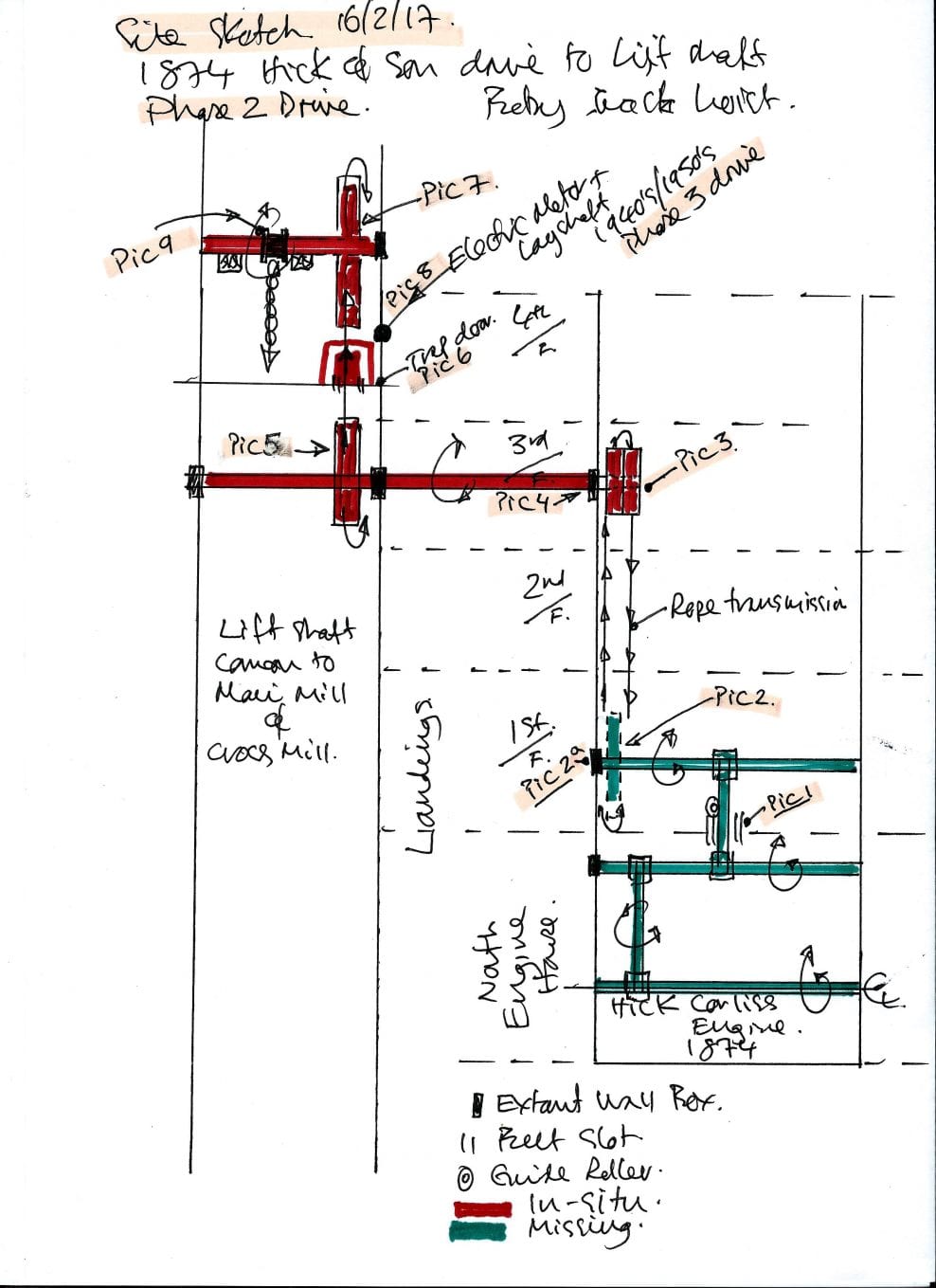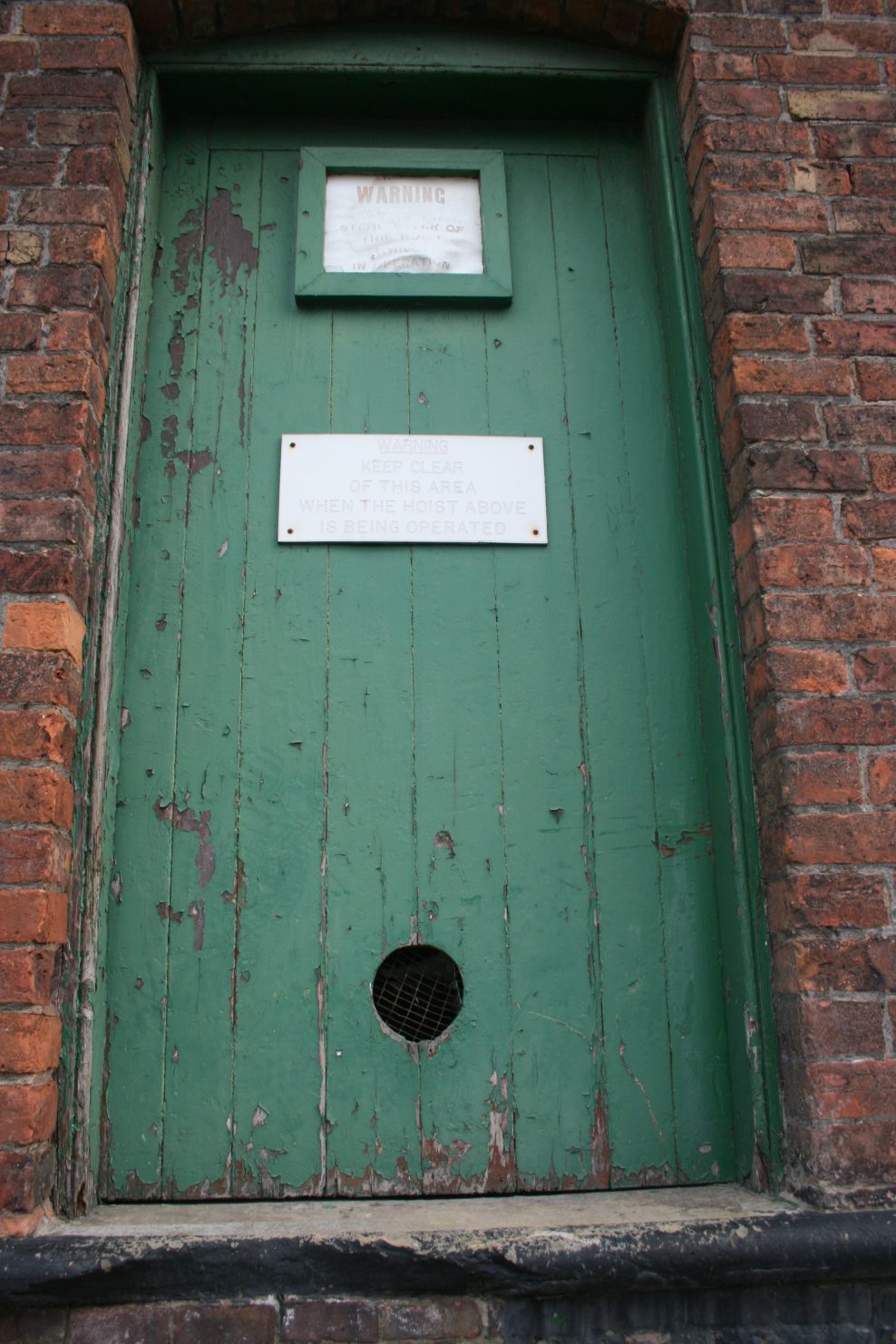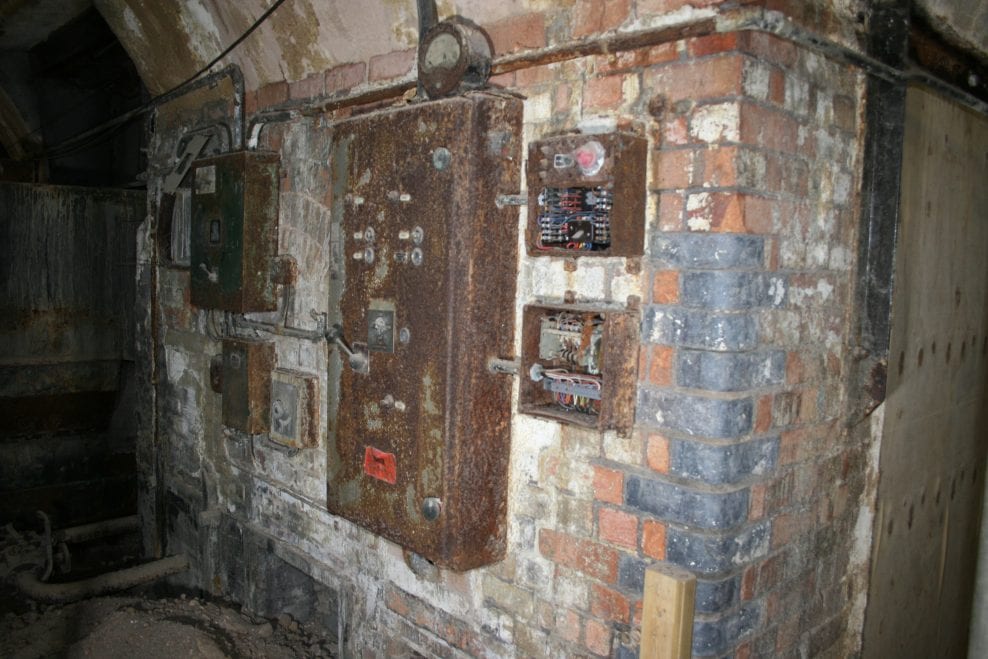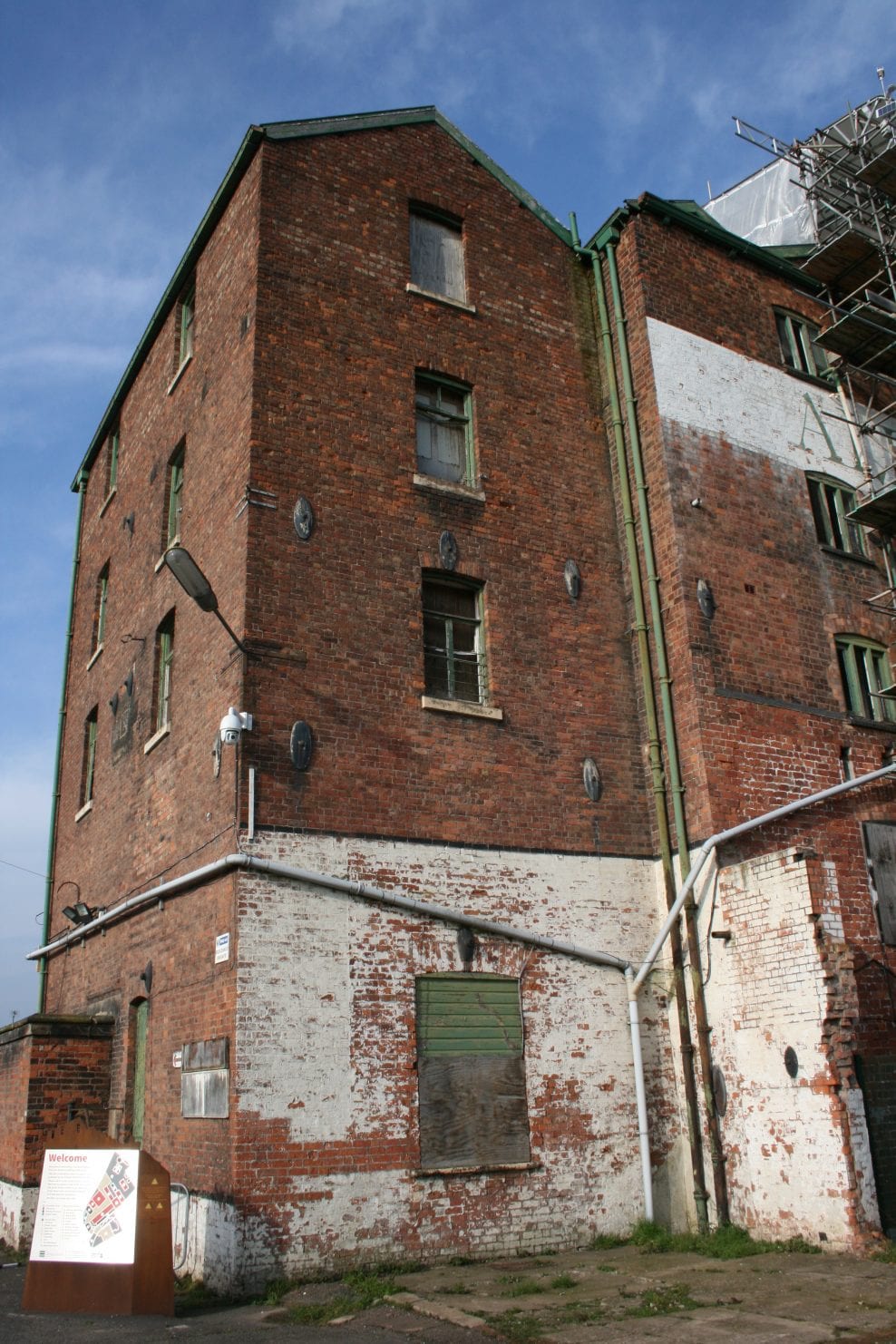Projects
Shrewsbury Flax Mill maltings – Consultancy – Historic England
Dithering ton Flax Maltings is an internationally significant historic site and has architectural, socio-economic and cultural heritage importance.
Between 1797 and present day the site experienced 3 distinct evolutionary phases all of which have contributed to the archaeology and current identity of the buildings and their past use.
Having been designed and built in 1796 – 1780 as a Spinning Mill incorporating an innovative internal iron frame the site was in 1897 converted and expanded to become a maltings which finally closed in 1987.
The site then experienced a period of at risk uncertainty until the formation of a public – private partnership stakeholder initiative was tasked with developing a long-term regeneration project for targeted adaptive reuse to safe-guard the future preservation of the site, its context and physical assets.
This consultancy was a stand-alone and complimentary commission to complement the in-depth work that had already been successfully completed as part of the wider regeneration project consultation.
An integral and pivotal element of the regeneration project had been to commission a comprehensive and all-inclusive research and development phase which included a dedicated survey to capture and record the unique geological, contextual and physical archaeology of the site.
Ian Clark was commissioned to produce a targeted and focused survey to connect an individual or series of assets to a process and or phase of evolutionary industrial development to help illustrate and record an understanding of form or function within the through-life of the historic site
Adaptive reuse has shaped the identity of Ditherington Mill for over two hundred years.
During 190 years the site served both as a Flax Mill and a maltings and on closure passed briefly into private ownership which did not provide a secure future.
Each phase of ownership had contributed immensely to the evolving identity of the site.
The future regeneration project will continue to redefine the site and its buildings as new physical interventions and spatial influences are considered and implemented which are assessed as integral to safe-guarding a sustainable and through-life capability for the site.
Historically adaptive reuse was physically hugely interventive and devoid of emotion or sensitivity as commercial needs outweighed any desire to retain outdated or uneconomical equipment or operating systems, therefore significant levels of industrial heritage has been removed, scrapped and lost across many industries throughout Europe and world-wide.
This picture is very well represented at Ditherington Mill as generational modernisation and adaptive reuse has been responsible for discarding what anthropologically an informed society might now consider as industrial and cultural heritage.
This loss cannot be conveniently assessed as cultural vandalism but as an action driven by a desire and need for a manufactory or service provider to remain commercially astute and to compete in an ever-changing economic landscape.
Since closure however Ditherington Mill has experienced a high-level of asset stripping for commercial gain.
A sale by auction by GF Singleton & Co. on March 16th 1988 was held on the instruction of The Shropshire Industrial Estates Limited when many malting assets were sold.
The brief time in private ownership resulted in many more pieces of processing equipment and structural elements being sold off.
In summary and to put these observations into context, Dithering ton Mill had been subjected to a large number of highly intrusive and interventive asset rationalisation phases which has stripped away many important layers of manufacturing processes and equipment which cannot ever be replaced or replicated,
However the site does retain substantial levels of archaeological evidence and a small but not insignificant depositary of fixed and portable industrial assets that will enhance the understanding of the two manufactories.
The periods of use as a Flax Mill and then a Maltings were unfortunately not equally physically represented.
There is more physical and contextual evidence pertaining to the 1897 – 1987 period therefore recording the malting process will formed the core of this commission
